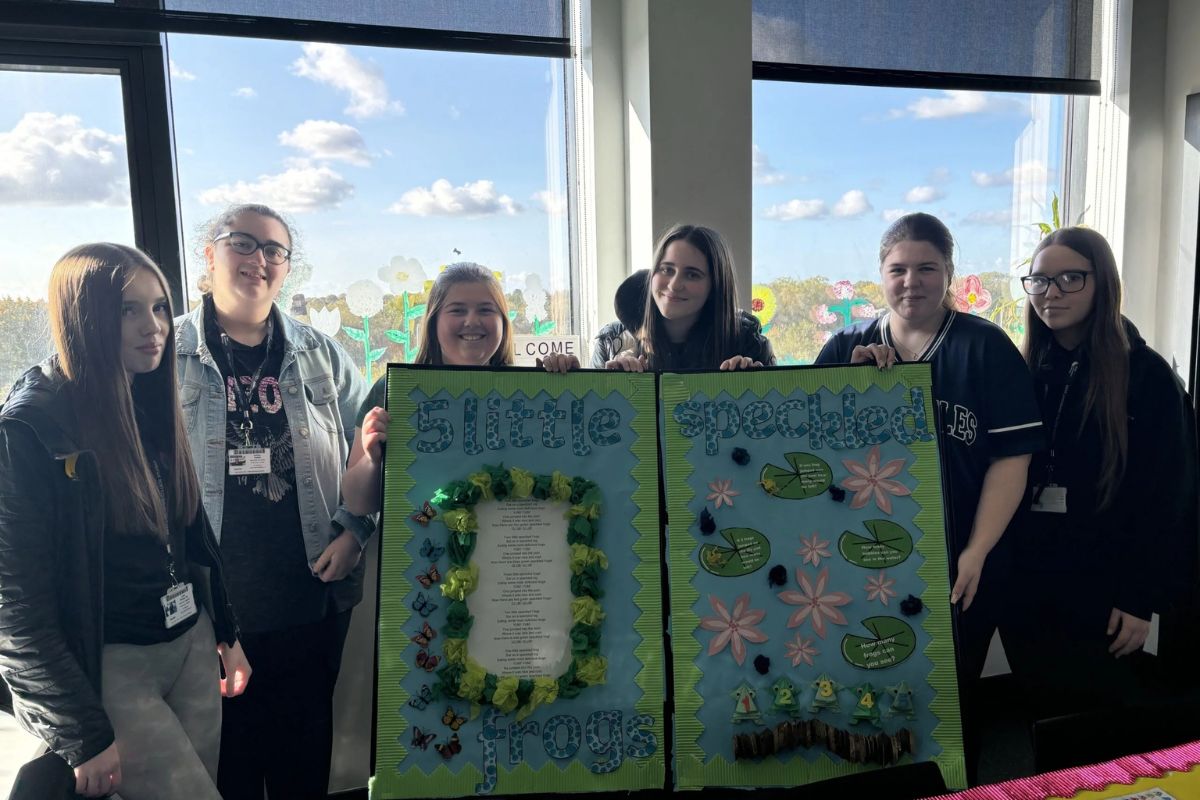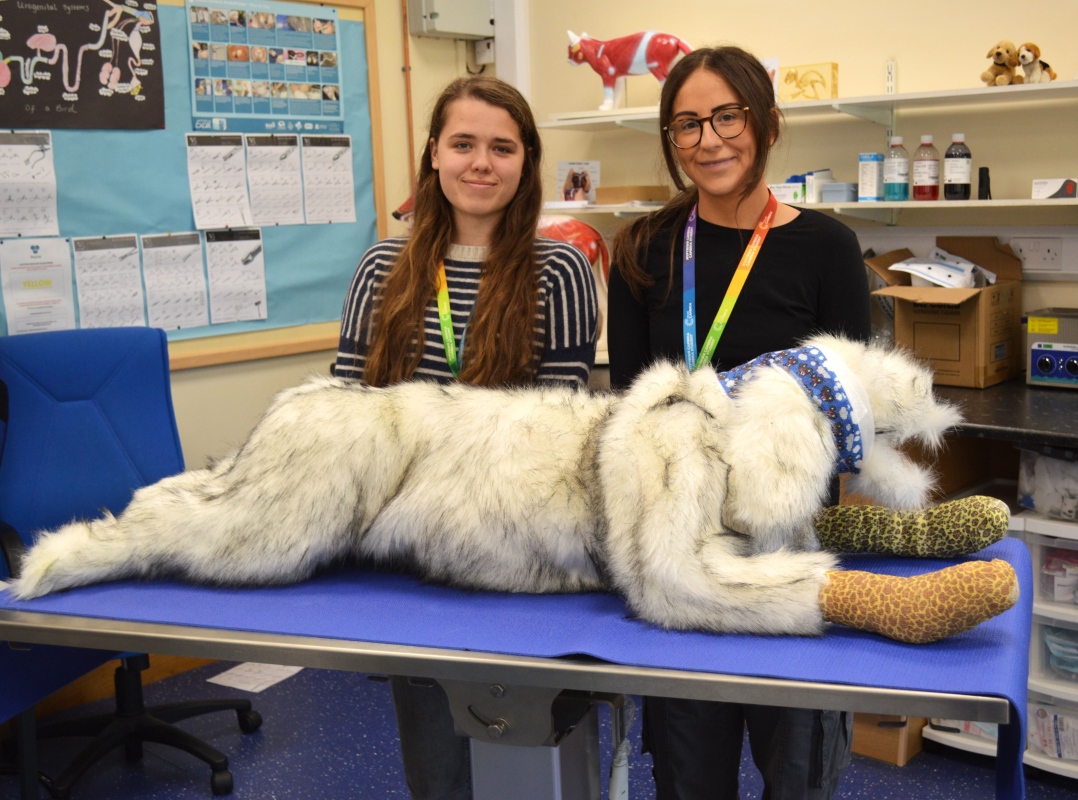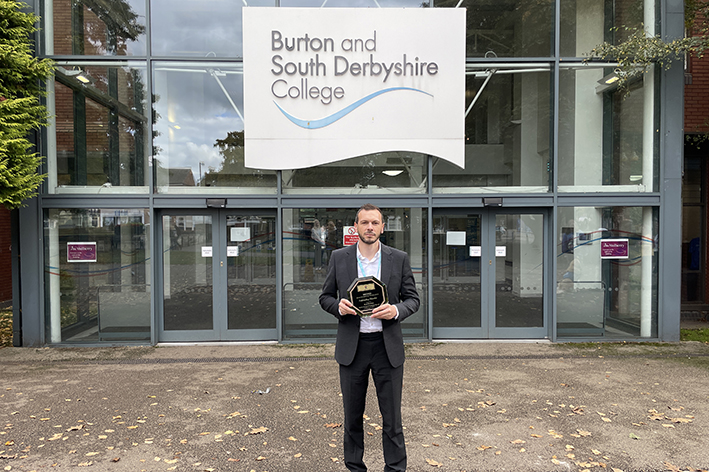What can the government do to ensure it has the right networks to help with future emergencies?

- An engineering approach can help identify stakeholders with the necessary critical capabilities and build whole-society resilience
Investment in resilience now could plug key gaps in contacts and networks of the critical organisations necessary for emergency response in future, according to a report published today by the Royal Academy of Engineering. Critical capabilities: strengthening UK resilience recommends steps government should take to make the UK more resilient to new pandemics or other emergencies and avoid the mistakes of the past.
It will take time to fully understand the impact of the government’s approach to the current COVID-19 pandemic, so the report uses case studies of previous emergencies to argue that an engineering perspective could help the UK to build a more resilient future. Increased resilience will help us to better anticipate and recover from shocks to enable continued delivery of critical safety, food, energy and healthcare services.
Engineers are trained to make things work better. They see emergency response and planning as a series of interdependent and interconnected systems of capabilities. An effective national response to an emergency or crisis is one that can rapidly call on the right capabilities to deliver the most effective response at the required pace. The report describes this in terms of ‘critical capabilities’ and focuses on the actions needed to identify and build these critical capabilities ready for future emergencies.
The critical capabilities are divided into six interdependent groups: research and innovation; national assets; industrial capability; skills and labour; resources; and networks and coordination capability. Networks and coordination are essential as the bridging capability that brings the others together to understand the issue and accelerate solutions.
For national emergencies, the usually well-networked elements of the public sector and emergency services, though vital, are not sufficient and the emergency response will also need to draw on organisations, people and resources in the private and third sectors. Taking a systems view of the capabilities available in the UK could help anticipate which organisations would be relevant to different kinds of emergency responses and identify crucial connections and weaknesses ahead of time.
Leveraging established and well-maintained links with private and third sector organisations and their capabilities is critically important but has not always been well managed and coordinated in the past. The report looks at lessons from the UK’s response to four past emergencies–the Eyjafjallajökull volcanic eruption in 2010, the Fukushima nuclear accident in 2011, flooding in Lancaster in 2015, and the WannaCry ransomware incident affecting the NHS in 2017. It calls on government to partner with the engineering profession and others to build systems thinking and consideration of critical capabilities into the UK’s approach to preparedness.
The Academy’s recommendations include:
- Government should embed an engineer’s ‘systems’ approach in emergency planning and preparedness, looking across the public and private sector stakeholders.
- Government should carry out an audit to map existing public, private and third sector capabilities and convening bodies against the critical capability groups and suggests this should be led by the Cabinet Office Civil Contingencies Secretariat (CCS) in partnership with the Government Office for Science (GO-Science), devolved administrations and departmental resilience teams responsible for the risks in the National Risk Register. An aim of the audit should include developing a reporting framework to engage the private sector and build a practical mechanism to keep the audit as live as possible.
- The CCS, in partnership with GO-Science, should work with the Royal Academy of Engineering and others to develop the critical capabilities approach into a practical tool for emergency planning, preparedness and resilience that builds on existing capabilities programmes. This should include embedding the practices for preparedness alongside current foresight and horizon scanning methods and exercises to identify and ensure that the right capabilities are in place to respond effectively and with agility to future scenarios and risks.
Paul Taylor FREng, Chair of the Academy’s Critical Capabilities working group, said: “Whatever practices and procedures are in place to help with the UK’s preparedness for future emergencies, they risk missing the mark without systems thinking and consideration of critical capabilities.
“The Integrated Review calls for a whole-society approach to resilience and Critical Capabilities is a proposal to think ahead, strategically and inclusively. Now more than ever we understand the crucial role businesses and those networks between public and private organisations can play in responding to emergencies. While upfront investment is required to strengthen existing capabilities and remedy gaps, long-term benefits will be delivered through an improved emergency response and increased national resilience.”
Dick Elsy CBE FREng, CEO of the High Value Manufacturing Catapult, said: “The critical capabilities approach highlights the importance of networks and coordination to bring together a range of capabilities to deliver an effective emergency response. The High Value Manufacturing Catapult played this role in the COVID-19 emergency, rapidly mobilising our network to draw on specialist expertise, innovation and industrial capability across 33 organisations to deliver more than 13,000 ventilators for the NHS in record time. Agility, skills and relationships were essential to the response showing that long-term investment in a knowledge-based economy can deliver both resilience and socioeconomic benefits.”
Ends
Notes for Editors
- Critical capabilities: strengthening UK resiliencewas prepared by a working group consisting of the following group of Academy Fellows, commenting in a personal capacity and not as representatives of their respective organisations:
Chair: Paul Taylor FREng, Director, Morgan Stanley International
Sir John Beddington CMG HonFReng FRS FRSE, previously Government Chief Science Adviser
Lianne Deeming FREng, Chief Executive Officer, BlueLight Commercial
Professor Anthony Finkelstein CBE FREng, Chief Scientific Adviser for National Security
Professor David Gann CBE, Pro-Vice Chancellor for Development and External Affairs, University of Oxford
Dame Judith Hackitt DBE FREng, Chair of Make UK
Professor Nick Jennings CB FREng, Vice-Provost (Research and Enterprise), Imperial College London
Professor Dame Angela McLean DBE FRS, Chief Scientific Adviser, Ministry of Defence
Professor Tim Palmer CBE FRS, Royal Society Research Professor in Climate Physics, University of Oxford
Dr Fiona Rayment OBE FREng, Chief Science and Technology Officer, National Nuclear Laboratory
Catriona Schmolke FREng, Previously Senior Vice-President, Jacobs
Auriol Stevens, Global IT Director, Applied Technology, Unilever
Professor Eleanor Stride FREng, Professor of Engineering Science, University of Oxford
Rear Admiral John Trewby CB FREng, Chair, previously Chair of Harris Defence Ltd
- The Royal Academy of Engineering is harnessing the power of engineering to build a sustainable society and an inclusive economy that works for everyone. In collaboration with our Fellows and partners, we’re growing talent and developing skills for the future, driving innovation and building global partnerships, and influencing policy and engaging the public. Together we’re working to tackle the greatest challenges of our age.
Media enquiries to: Pippa Cox at the Royal Academy of Engineering Tel. +44 207 766 0745; email: [email protected]











Responses